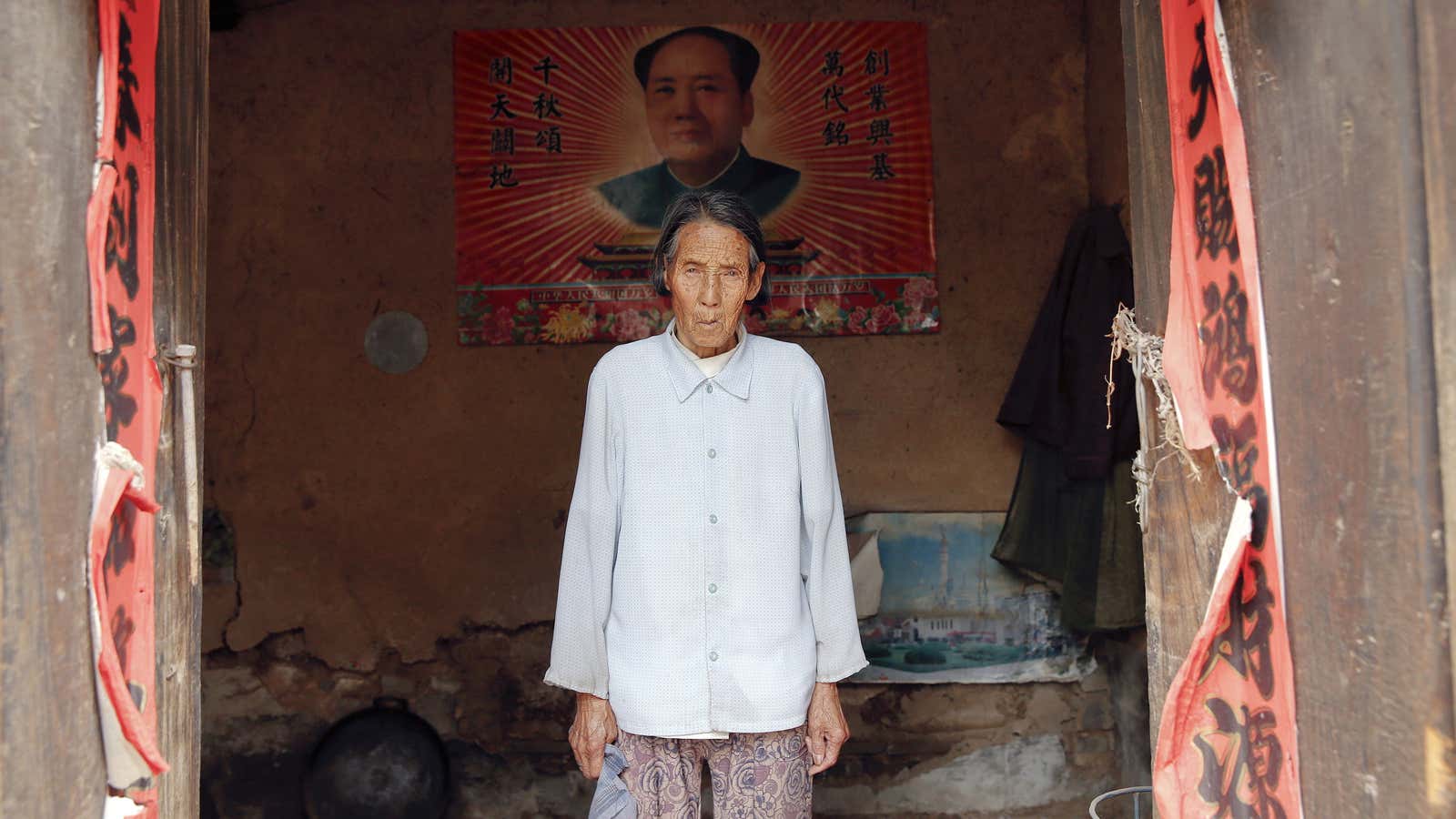“Comfort women,” translated from the Japanese term ianfu, is a euphemistic name for the prostitutes and sex slaves forced to serve Japanese soldiers during the second Sino-Japanese War (1937-1945). These “women” were mostly young girls from occupied regions, who were held and forced into sexual slavery at ”comfort stations” established by the Imperial Japanese Army.
The Japanese established the first “comfort station” in 1932 to serve soldiers stationed in Shanghai leading up to the war. Many more were established as fighting increased in China and spread to South Korea. The stations, according to statements by military officials at the time, were intended to prevent sex crimes against the local population by soldiers, but they were hardly a solution or a force for good. Instead, they systematized rape and torture.
In 1998, the UN released a report suggesting the Japanese government pay compensation to former “comfort women” and prosecute surviving military officials, to which the government did not comply.
Former “comfort women” are shown in China and South Korea today, where they continue to await state compensation as well as the apology of Japanese Prime Minister Shinzo Abe, which they say would help them find peace in their final days. Sadly, time is running out to make amends.
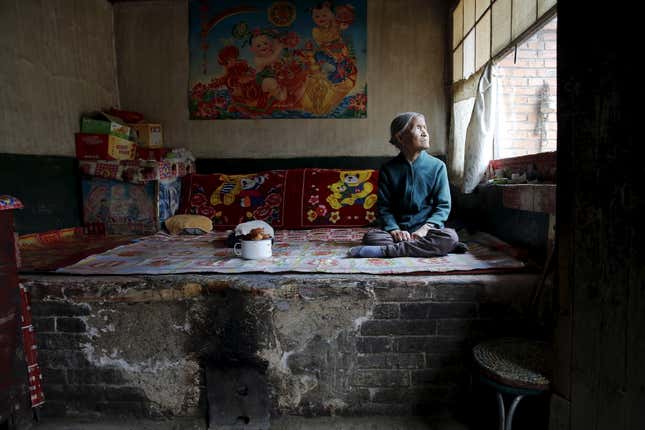
Chinese former “comfort woman” Zhang Xiantu rests on a traditional brick bed in her house in Xiyan Town, Shanxi Province, China, July 18, 2015. Xiantu is the only surviving “comfort woman” of the 16 plaintiffs in Shanxi who sued the Japanese government in 1995 for abducting girls and using them as “comfort women” during World War II.
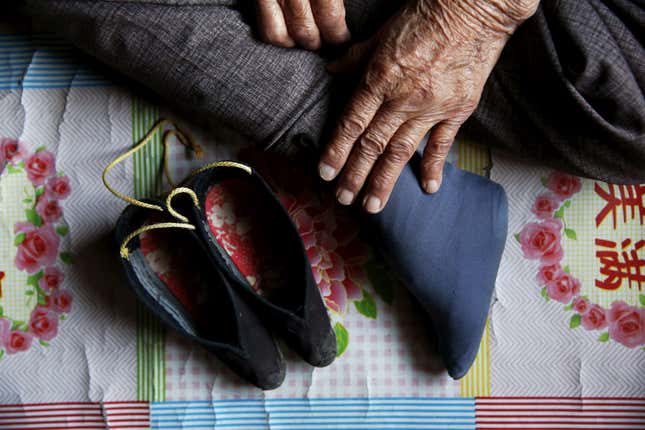
Zhang Xiantu shows her bound feet to a reporter in her house in Xiyan Town, Shanxi Province, China, July 17, 2015. According to information from China’s Commission of Inquiry into the Facts of Comfort Women being Victims, which is based on her own statement during the commission’s research, Zhang was abducted by Japanese soldiers at 15 and was forced to serve as a “comfort woman” for over 20 days during World War II.
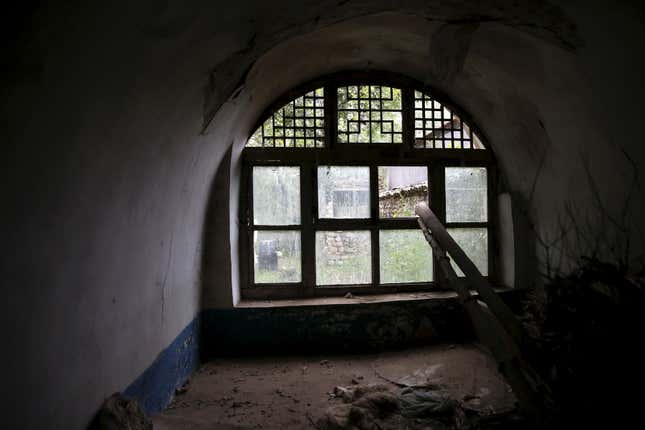
A former fortress where Japanese soldiers kept women they abducted during World War II is seen abandoned in Xipan village, Shanxi Province, China, July 18, 2015. According to Zhang Shuangbing, an independent researcher into Chinese “comfort women” during World War II, Japanese soldiers stayed at the fortress for three years during the war and kept over 50 abducted women there.
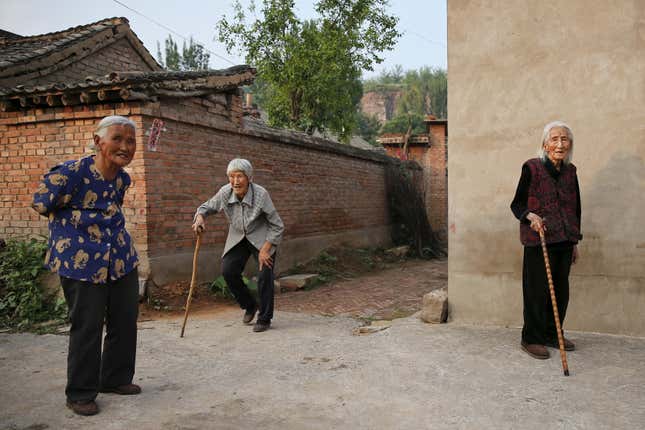
Village women accompany Chinese former “comfort woman” Hao Juxiang (right) as she poses for a picture outside their houses in Gucheng Town, Shanxi Province, China, July 16, 2015. Hao Juxiang lives in a small community, and many of her neighbors know about her past as a “comfort woman.”
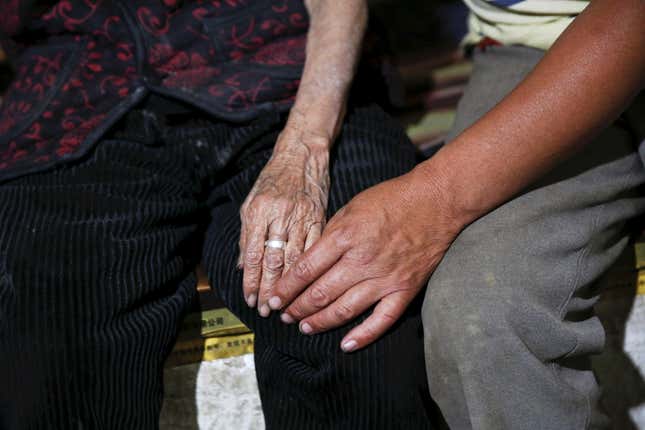
Hao Juxiang holds hands with her son in her house in Gucheng Town, Shanxi Province, China, July 16, 2015. Hao Juxiang is cared for by her second son. He usually goes to work during the day, so she often spends the day alone in their small farm house.
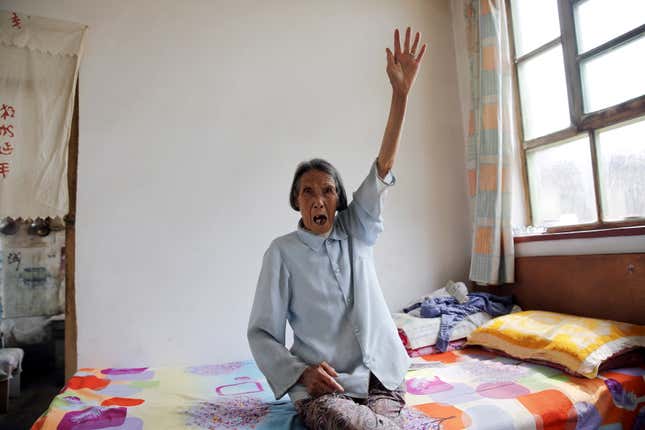
Chinese former “comfort woman” Ren Lane gestures as she speaks about her experience as a sex slave, at her house in Gucheng Town, Shanxi Province, China, July 17, 2015. Her mother was able to rescue her by paying with rice and flour as ransom. She later got married and had three sons and a daughter. Ren Lane and her family told Reuters that they are expecting financial support from the Chinese government, but no government personnel has come to visit them, despite her appearing in local media in recent years.
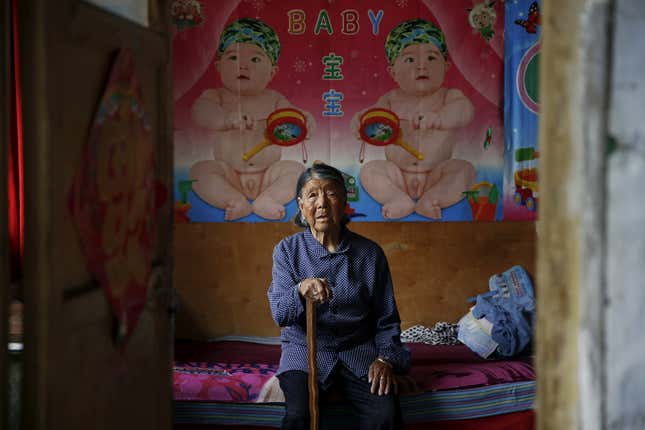
Former Chinese “comfort woman” Hao Yuelian sits on her bed under pictures of babies at her house in Taiyuan, Shanxi Province, China, July 16, 2015. Her adopted daughter explained that the biggest scar of her life was her lost fertility, something her family believes is related to what happened to Hao during World War II.
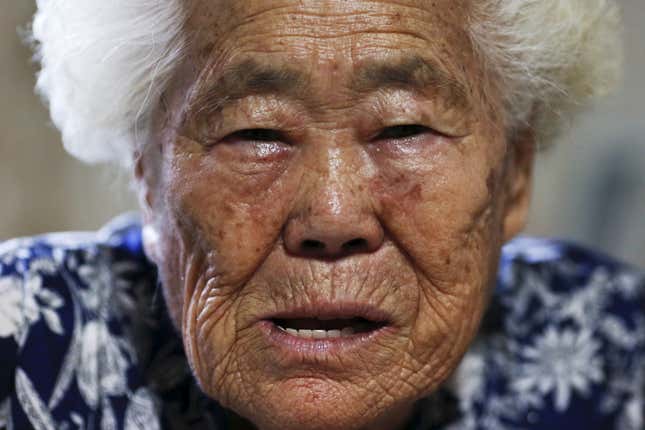
Former South Korean “comfort woman” Lee Ok-sun poses for a photograph in her room at the “House of Sharing,” a special shelter for “comfort women” in Gwangju, South Korea, July 24, 2015. The shelter is run by an NGO. According to her testimony to South Korean researchers, Lee, who was born in 1927 in Busan, South Korea, was taken in 1942 to an airfield in China where she was habitually raped. Later she was taken to various Japanese military brothels.
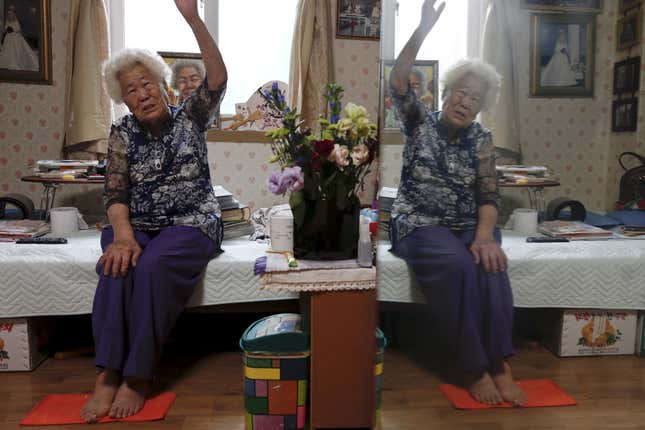
Lee Ok-sun recalls how she was taken to a Japanese military “comfort station” during World War Two, in her room at the “House of Sharing” in Gwangju, South Korea, July 24, 2015.
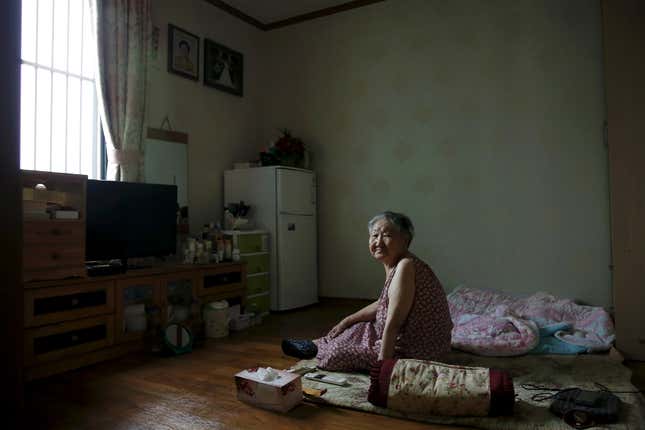
South Korean former “comfort woman” Gil Won-ok sits in her room at the “Our Home” shelter for former “comfort women” in Seoul, South Korea, July 23, 2015. According to her testimony to South Korean researchers, Gil, who was born in what is now North Korea in 1927, was taken to a Japanese military brothel in China in 1940. She caught syphilis and developed tumors as she worked as a “comfort woman” and a Japanese military doctor removed her uterus leaving her unable to bear children. Gil said she wants to receive an apology from the Japanese government.
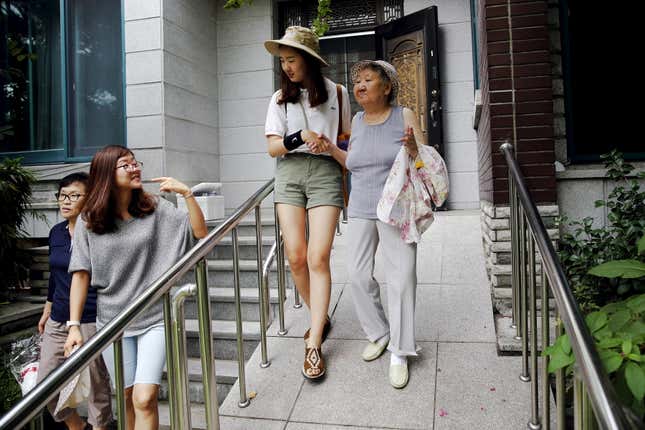
Gil Won-ok is helped by a volunteer as she heads to the weekly Wednesday protest demanding an apology and compensation from the Japanese government in Seoul, South Korea, July 22, 2015.
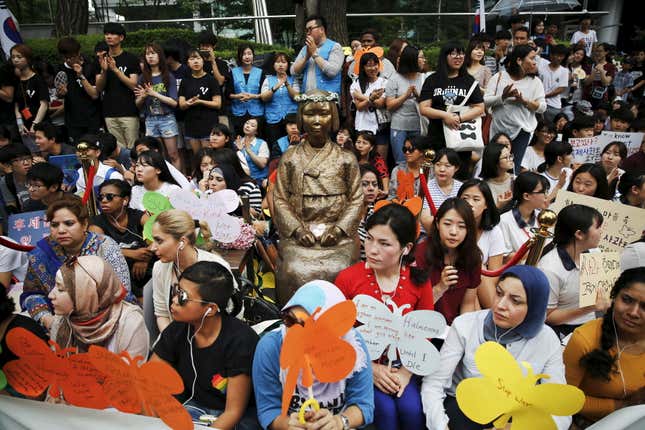
Demonstrators sit around a “comfort woman” statue during a weekly Wednesday protest demanding for an apology and compensation from the Japanese government in Seoul, South Korea, July 22, 2015.
